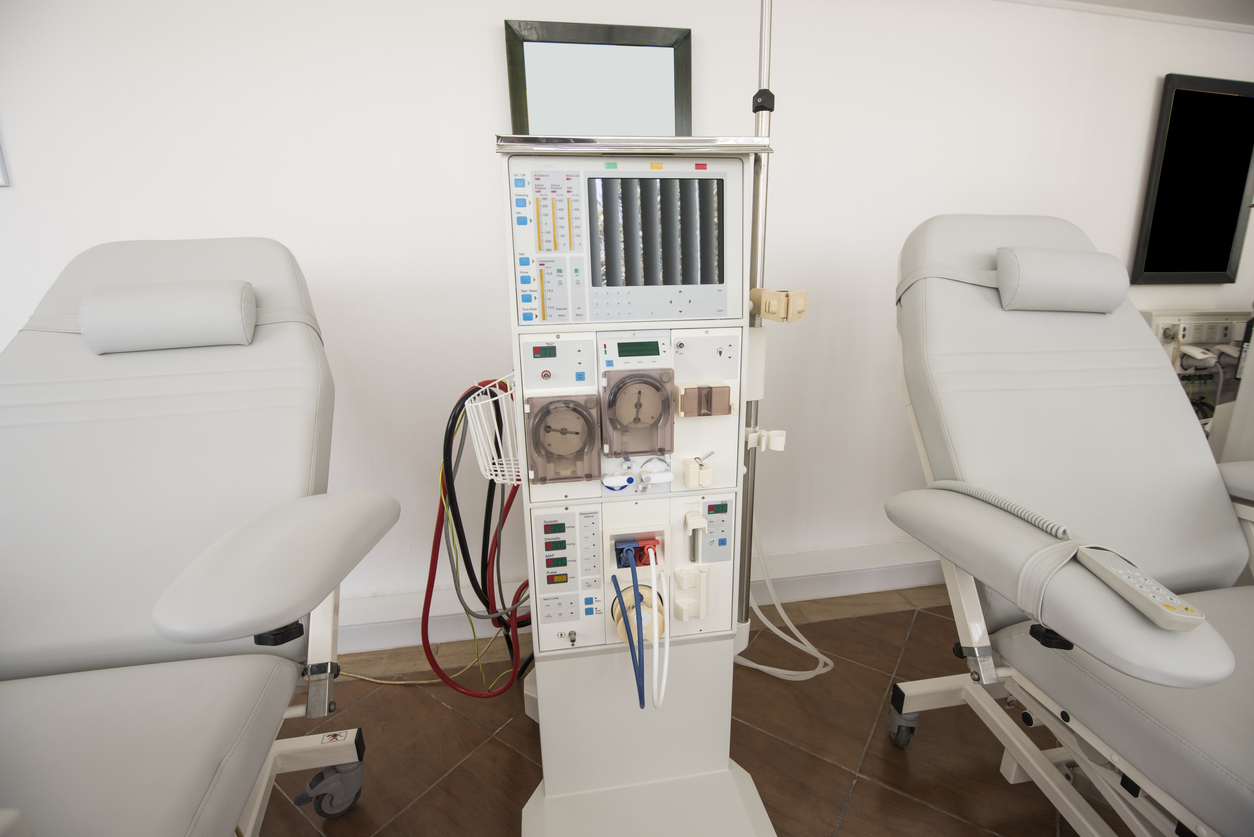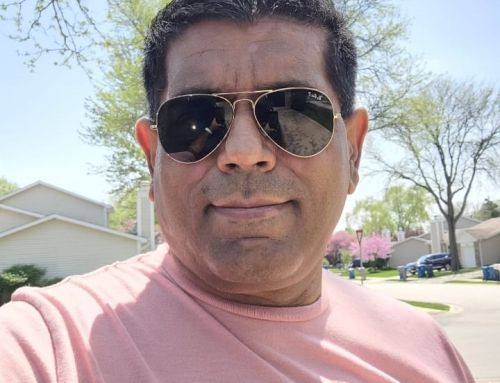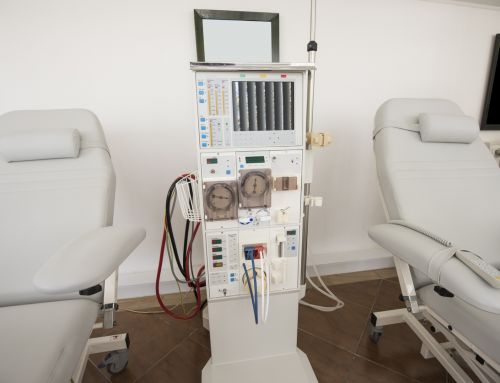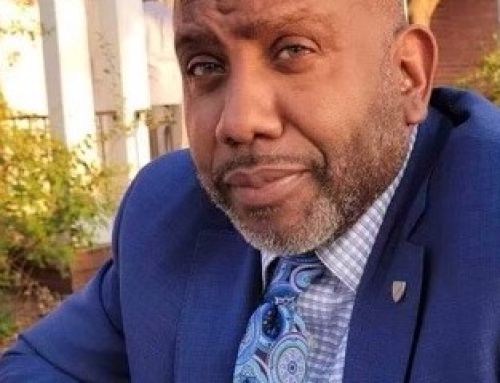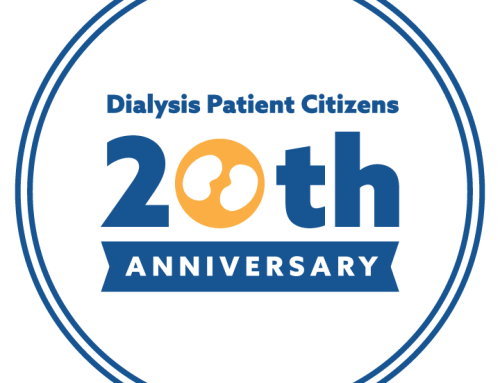Ms. Laura Cali, Insurance Commissioner
Department of Consumer & Business Services
Insurance Division
PO Box 14480
Salem, Oregon 97309-0405
Re: Discrimination against end-stage renal disease patients by Regence health plan
Dear Commissioner Cali:
With 28,000 dialysis patient members, Dialysis Patient Citizens (DPC) is the nation’s largest patient-led organization representing individuals with end-stage renal disease (ESRD). I am writing on behalf of Oregon’s 3,821 dialysis patients, asking that you ensure that they are treated equitably by the Regence health insurance plan. Regulatory filings by this issuer indicate that its 2016 plan designs are incentivizing disenrollment of ESRD patients in favor of enrolling in Medicare. The Division of Insurance needs to take action on these discriminatory plans before patients, and competing insurers who act properly, are harmed.
The Regence plan description states, at pages 11-12, that after three months from the onset of kidney failure, the plan will treat all dialysis therapy as out-of-network, paying providers as if the patient is a Medicare beneficiary, with the patient responsible for balances that “will not apply toward the Out-of-Pocket Maximum.” This is, on its face, a statement of an intention to offer an inadequate network as well as a discriminatory benefit design. Regence is attempting to steer patients into Medicare in violation of their rights under the Social Security Act, the Affordable Care Act and state law, which protects them from discrimination based upon their illness.
Why is Patient Access to Private Coverage Important?
First, Our 2015 Annual Membership Survey conducted by IPSOS international research firm, found that dialysis patients prefer private coverage. We asked several questions from the Consumer Assessment of Health Plan Survey (CAHPS) to gauge relative satisfaction with their coverage. We found:
- 77 percent of patients rate their private health insurance as the “best health insurance plan possible,” compared to 71 percent for Medicare.
- Medicare beneficiaries are more than twice as likely as private health plan members (13% versus 5%) to report having trouble getting health care that they wanted or needed.
- Medicare beneficiaries are more likely than private health plan members to report difficulties in getting the specific medication they need, difficulty getting someone on the phone to answer questions, and delays in receiving care or treatment.
Second, there is a significant financial advantage for dialysis patients to keep their private coverage. According the Bureau of Labor Statistics, the average private health insurance plan has an actuarial value of 88.9 percent, significantly higher than Medicare’s 80 percent. Health maintenance organizations—which are NOT available to ESRD patients through Medicare—have an average actuarial value of 91.8 percent. We further note that Medicare Savings Program assistance is not as generous to low-income patients as are subsidies in the exchanges for patients with income between 100% and 200% of the poverty line. For persons earning between $11,000 and $23,000 a year, the ACA guarantees that exchange health plans cover at least 87% of average medical expenses. Finally, under the ACA, private health insurance plans have out-of-pocket maximums; fee-for-service Medicare does not. It is crucial that dialysis patients retain equal access to private health insurance.
Third, if a patient can lose coverage when his or her chronic kidney disease (CKD) progresses to end-stage renal disease (ESRD), an insurer has a perverse financial incentive not to take all possible measures to preserve the patient’s kidney functions. This is because CKD typically accompanies other co-morbidities, often making CKD patients more expensive than other enrollees. Therefore, an insurer can off-load those expenses onto the Medicare program if the patient’s kidneys fail sooner rather than later. This perverse incentive is not present when, as with group health insurance, plans pay for renal dialysis for at least 30 months before Medicare becomes the primary insurer. The onset of kidney failure marks a critical period in which continuity of care is crucial.
We would like to note that a special problem arises for ESRD patients who are listed with a transplant center that the patient selected by reason of its inclusion in its current insurer’s network. Changing insurers may be complicated if a transplant center is not included in competing insurers’ networks. While ordinarily, consumers will want to comparison-shop for insurance during open enrollment, ESRD patients may wish to prioritize continuity over price and other considerations. If consumers need to visit new transplant centers and obtain new work-ups due to coverage changes, it causes inconvenience to the patient and adds to health care costs in the aggregate.
Finally, a health plan that disenrolls ESRD patients will gain an unfair advantage over competing plans that do not. This would have the effect of penalizing insurers who do the right thing and comply with the law. Metal-level actuarial values are determined taking into account the full panoply of illnesses and benefits covered by a benchmark plan, including ESRD. An insurer that shirks its obligations would gain an unmerited windfall.
What is Wrong with Regence Plan Design?
First, the Social Security Act assures people whose kidneys fail that if they like their health plan they can keep it for at least for 30 months. This is often referred to as Medicare Secondary Payer (MSP) provision,1 and was clarified through the regulatory process as extending to exchange plans.2
Second, dialysis treatment is an “essential health benefit” (EHB) under Oregon3 and federal law. While every person with ESRD becomes eligible for Medicare coverage, under the Social Security Act, ESRD patients are entitled to keep their group health insurance for at least 30 months before enrolling in Medicare. As such, the group health plans that become benchmarks for a state’s EHB—including the PacificSource Preferred CoDeduct Value plan that is Oregon’s benchmark—cover dialysis services, and their EHB benchmark designation extends this coverage mandate to the individual market.
C.F.R § 156.125 specifies that a plan does not provide essential health benefits “if its benefit design, or the implementation of its benefit design, discriminates based on an individual’s age, expected length of life, present or predicted disability, degree of medical dependency, quality of life, or other health conditions.” Social Security Administration guidelines clearly state that people who rely on renal replacement treatment to live qualify as disabled.
Third, Oregon law states in OAR §836-053-0431(4) that, with regard to individual health plans, “Except as permitted under a preexisting condition provision of a grandfathered individual plan, a carrier may not modify the benefit provisions of an individual health benefit plan for any enrollee by means of a rider, endorsement or otherwise for the purpose of restricting or excluding coverage for medical services or conditions that are otherwise covered by the plan.” This language appears to be adapted from the NAIC Model Regulation to Implement the Small Employer Health Insurance Availability Model Act, which referred to coverage restrictions “for certain diseases or medical conditions otherwise covered by the group health benefit plan.” Therefore, it appears to us that Oregon law prohibits discrimination on the basis of diseases such ESRD.
In the alternative, we urge the Commissioner to use her authority under ORS §746.020 (“undefined trade practices injurious to the public”) to strike down this exclusion.
In Summary
We ask that you protect dialysis patient access to private health coverage. Regence’s proposed plan design violates the Social Security Act, the ACA and state law.
During last week’s hearing, Regence attempted to rationalize its proposed actions with a red herring—that prices of dialysis care are so high as to justify an insurer unilaterally imposing a price schedule. We would note that, according to a Government Accountability Office report, physician prices in Corvallis, Salem, Eugene and Medford range from 122% to 116% of the national average, placing them in the top nine percent of 319 US physician market areas—yet Regence is not attempting to impose a price schedule on physicians. It is obvious to us that Regence is complaining about prices for ESRD treatment as a pretext for carving out the sickest and most expensive patients from its risk pool.
We also understand that Regence may be pursuing similar plan designs in other states, further undercutting the argument that this is a contract dispute. Nothing could be further from the truth.
This issue is critical to dialysis patients who prefer private coverage because of its broader networks and lower out-of-pocket costs. We also don’t want to see insurance companies incentivized to allow patients to go into kidney failure earlier. And finally, insurers who follow the law and cover dialysis patients should not be penalized for doing the right thing. Please send Regence and other insurers who would follow in their footsteps a strong message that OID will not sit on its hands and allow dialysis patients to be discriminated against.
Thank you for your consideration of our views.
Respectfully submitted,
Hrant Jamgochian
Executive Director

